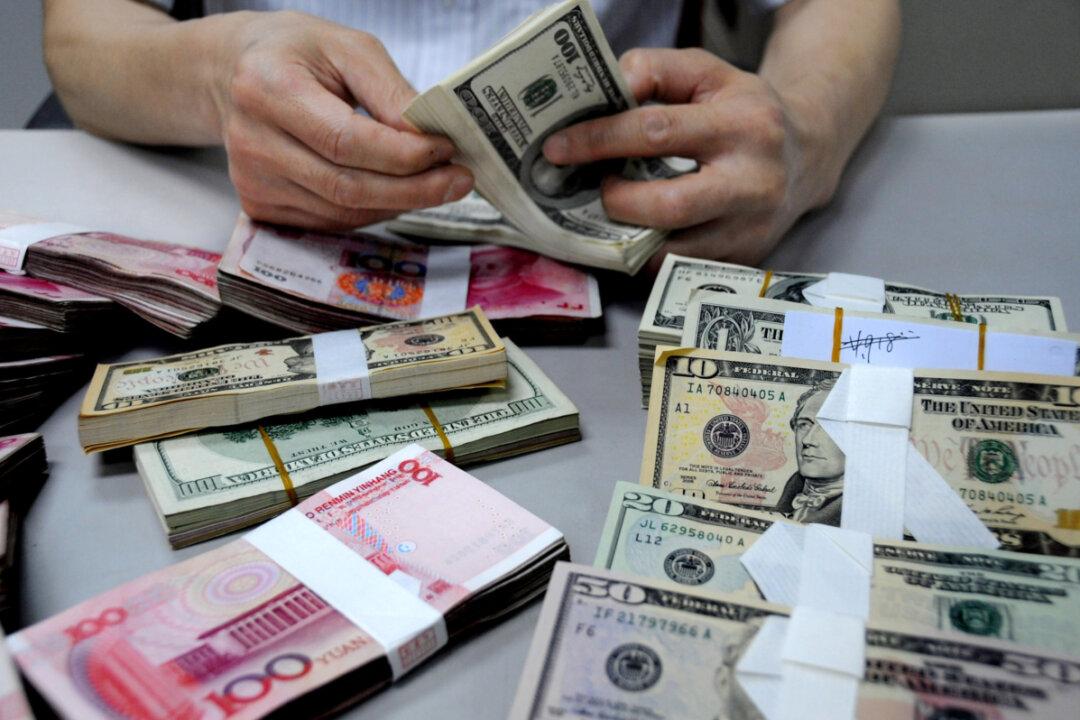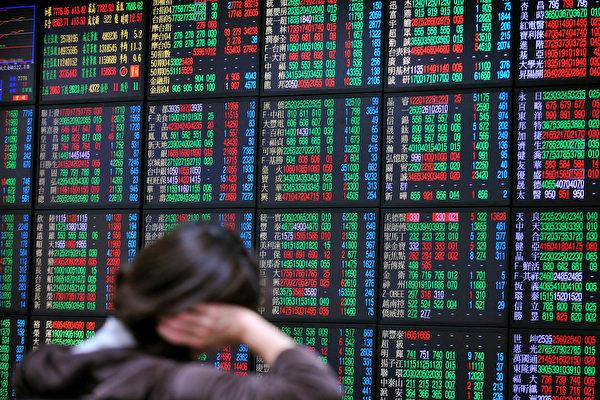The Bank of Japan announced on Dec. 20 that it was raising the ceiling on its 10-year government bond yield from 0.25 percent to 0.5 percent. Japan’s economic average plunged that afternoon, and the Japanese yen rose in response, signaling investors that the last country with negative interest rates was going to start ending its loose monetary policy.
Once the monetary policy meeting ended, the Bank of Japan released its monetary policy statement on Dec. 20, announcing that it would keep the interest rate unchanged at -0.1 percent and keep the yield on 10-year Japanese government bonds at around zero percent, but the policy expanded the floating range of its yield from plus or minus 0.25 percent to plus or minus 0.5 percent, meaning that the upper limit of the 10-year bond yield was raised to 0.5 percent.





